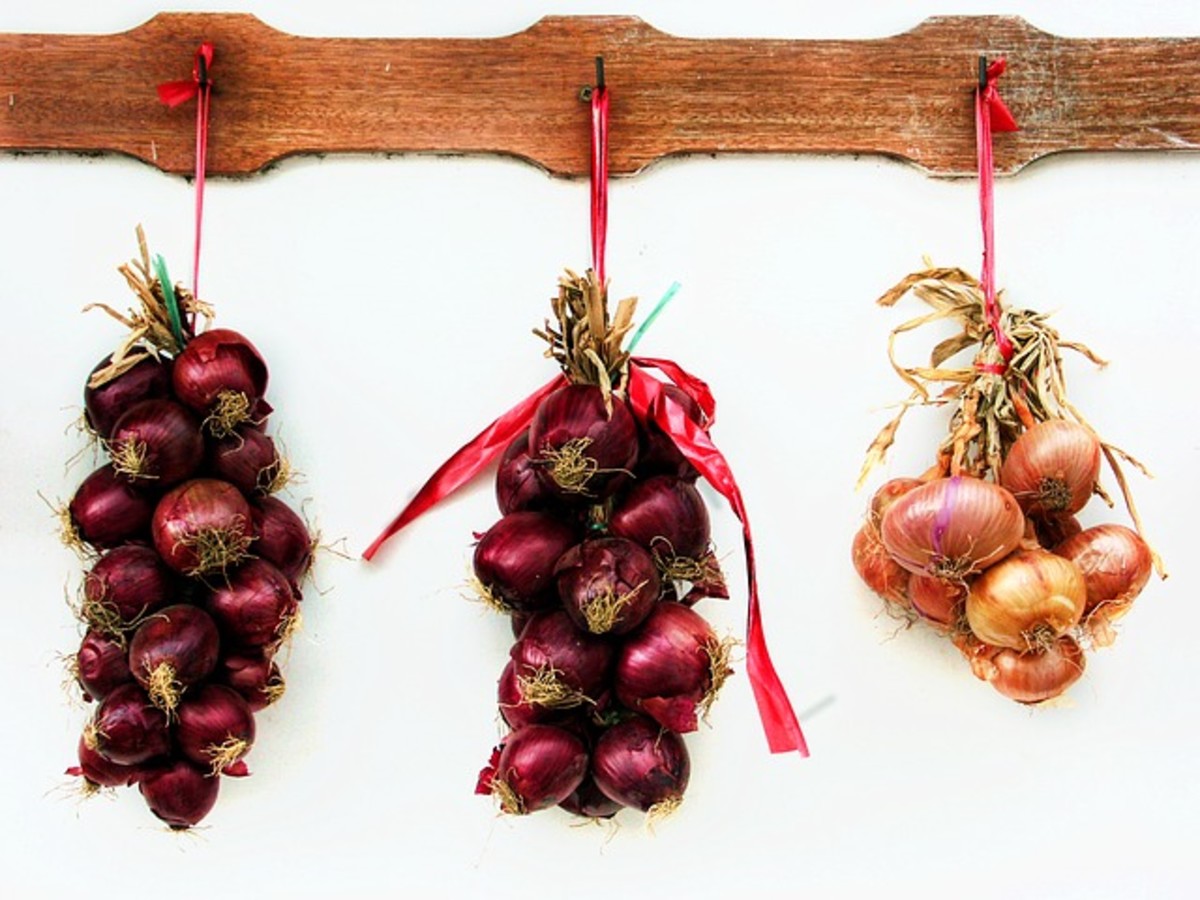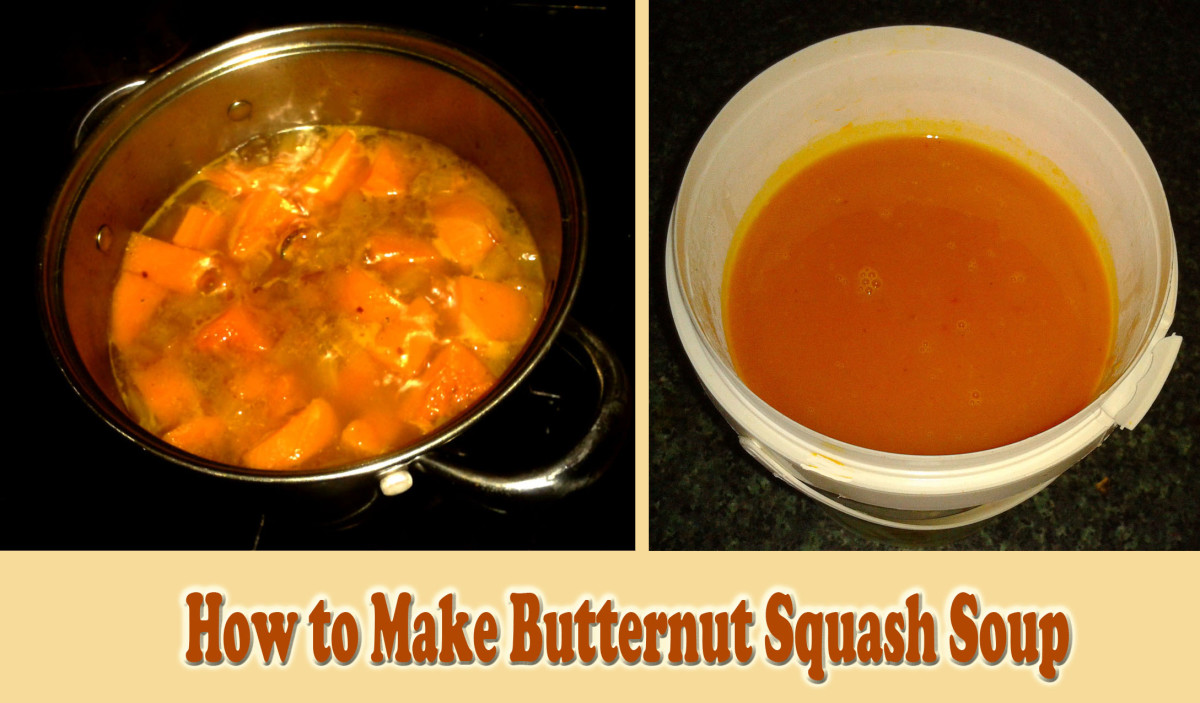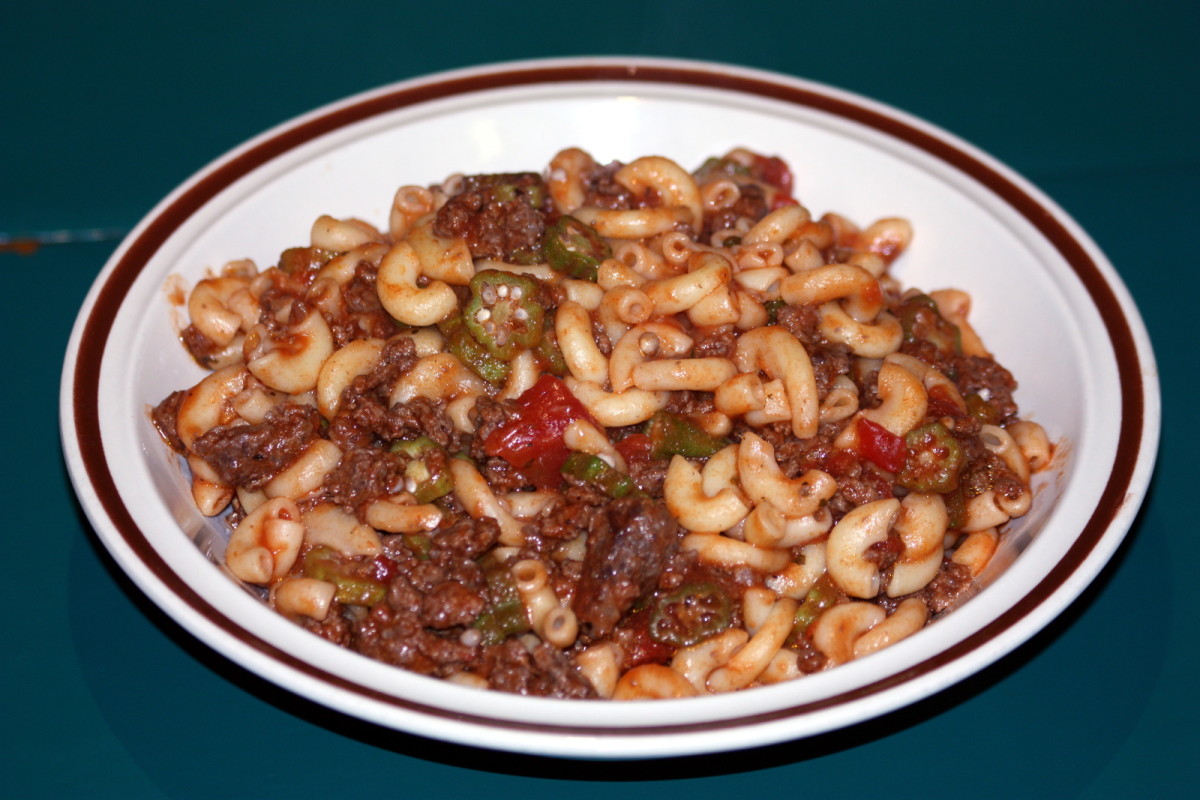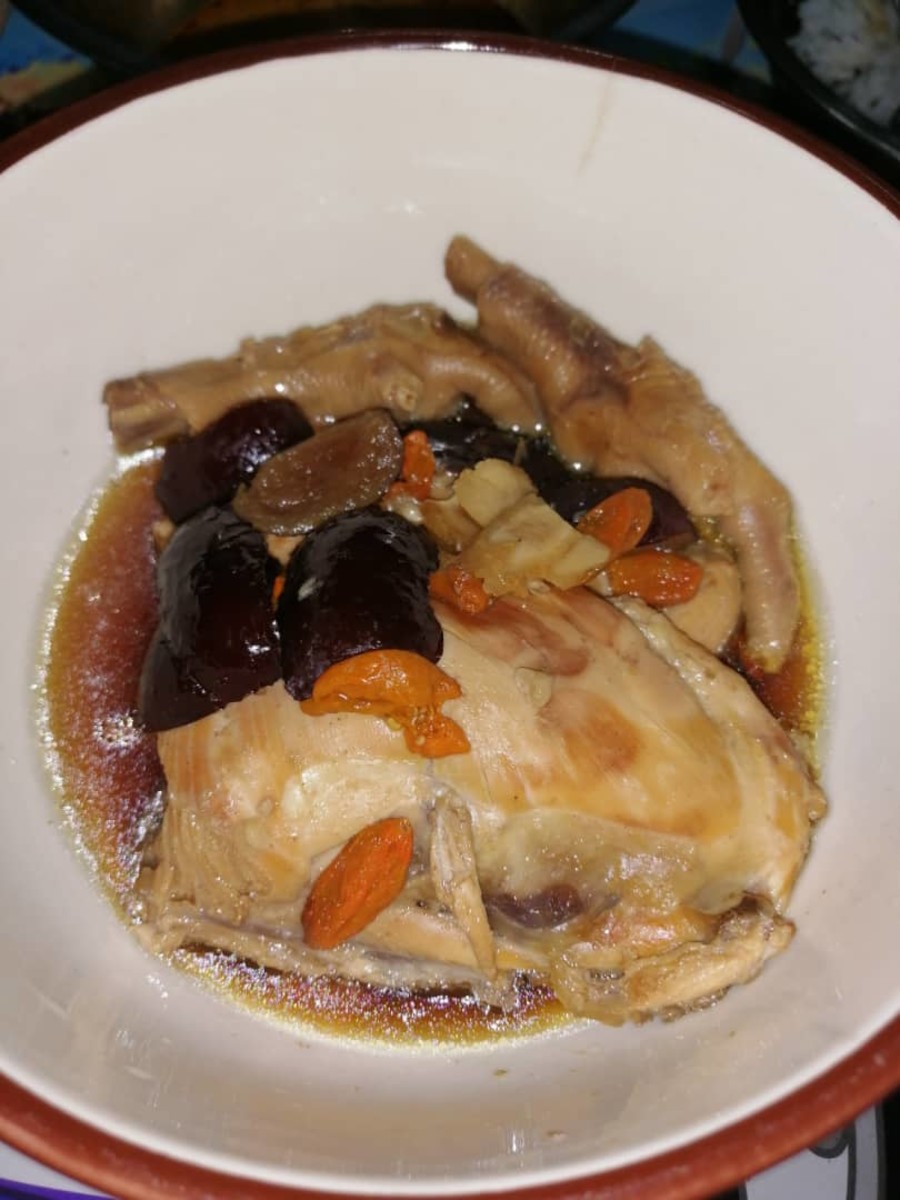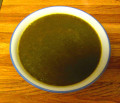Quick and Easy Sautéed Kale with Lemon and Sesame
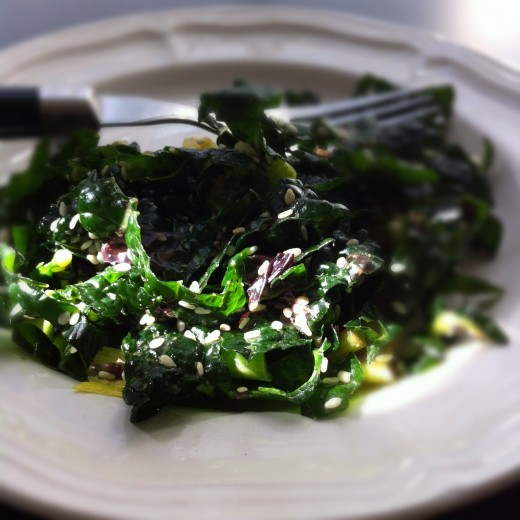
Cook Time
Kale is one of the most nutritious vegetables around. It's high anti-oxidant content is believed to be important to preventing certain types of cancer. It's highly anti-inflammatory. It's an excellent source of Vitamin E, Thiamin, Riboflavin, Folate, Iron and Magnesium, and a very good source of Dietary Fiber, Vitamin A, Vitamin C, Vitamin K, Vitamin B6, Calcium, Potassium, Copper and Manganese. It's no wonder that this dark green member of the cabbage family is considered a superfood.
Most importantly, it can be made to taste good, too, as this recipe demonstrates. Sauteed in garlic, lemon, and sesame, it makes for a fantastic and healthy side dish.
Ingredients
- 1 head kale, chopped and stems trimmed
- 1 tbsp sesame oil
- 1 clove garlic, mashed
- 1 tsp kosher salt
- 2 tbsp lemon juice
- 2-3 tbsp sesame seeds
Instructions
- Heat a large pan over medium-high heat.
- Once the pan is hot, add the sesame oil. Allow the oil to get hot before beginning your sauté.
- Add the garlic and sauté for 1 minute or until the garlic starts to brown.
- Add the Kale, sesame seeds, and a generous pinch of salt and sautee for 6 minutes. Occasionally move and turn the kale to prevent burning.
- Add the lemon juice and sautee for 2 more minutes or until kale is al dente.
How Not to Screw It Up
- You must be patient and the pan get hot before adding the oil. Then let the oil get hot (but don't let it smoke! That's burning oil.) before you add the garlic. The trick to a good sautee is to add the food to a hot cooking surface. Otherwise, you won't be able to get a crispy texture to your kale. Your patience will be rewarded with a crisper texture rather than a plate full of mushy greens.
- Unlike a traditional sautee, you do need to move the kale around the pan a bit more to avoid scorching the leaves. A little brown is ok, but you don't want black.
- The thick center stem on the kale can be quite tough and woody. It will take WAY longer to soften than the leaves. As such, I trim a generous portion of stem from the bottom of each leaf (all the way to where the leafy part begins). Depending on how thick the center stem is on each leaf, I even sometimes go so far as to trim leaf from the stem and throw away more stem.
- Do not use olive oil. If you can't get sesame oil, canola oil is a great substitute. At medium-high heat, the temperature of the pan will exceed the smoking point of olive oil. Thus, you must use oils like canola or sesame that have higher smoke points. Things do not taste as good when they are cooked in burning oil.



